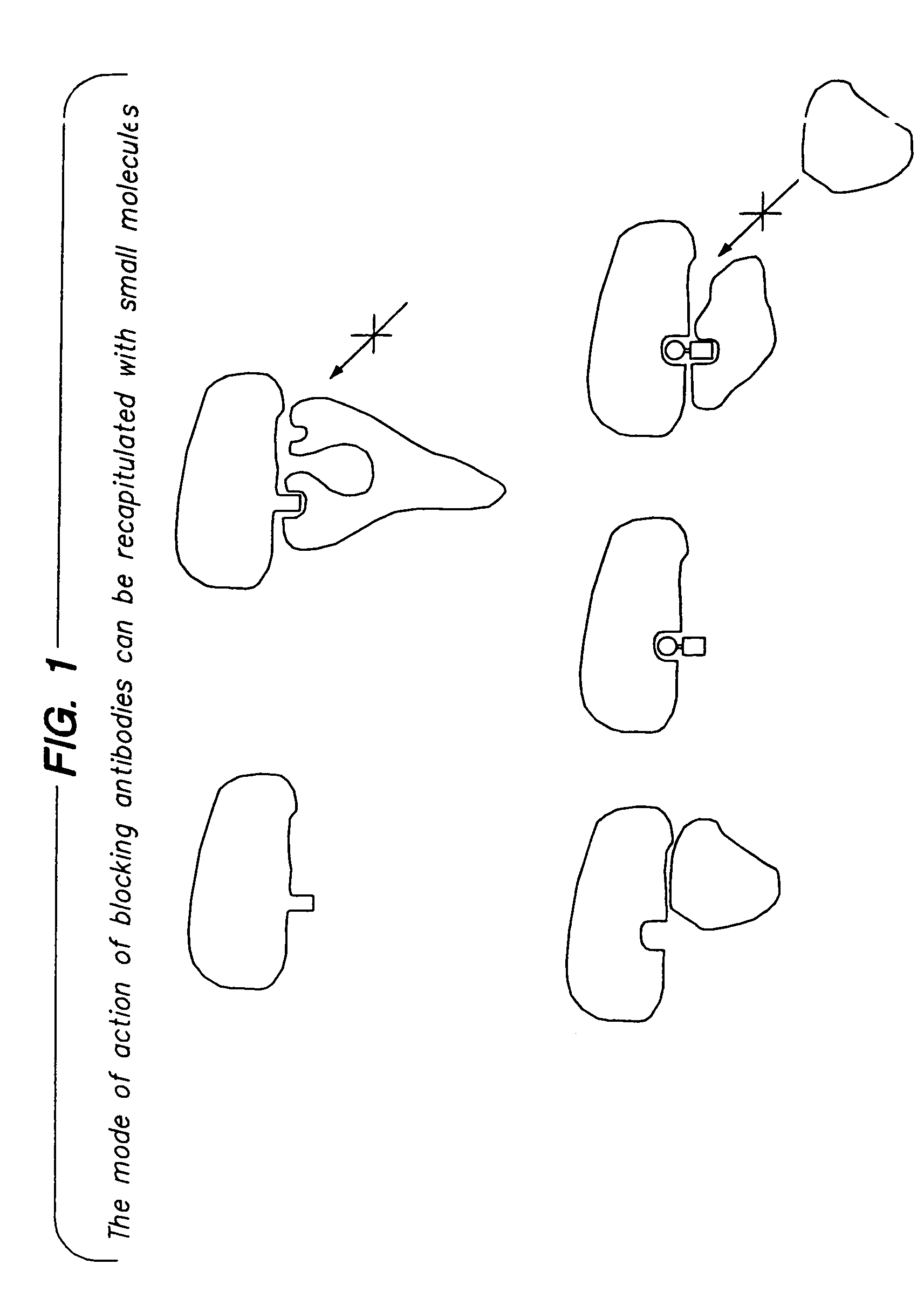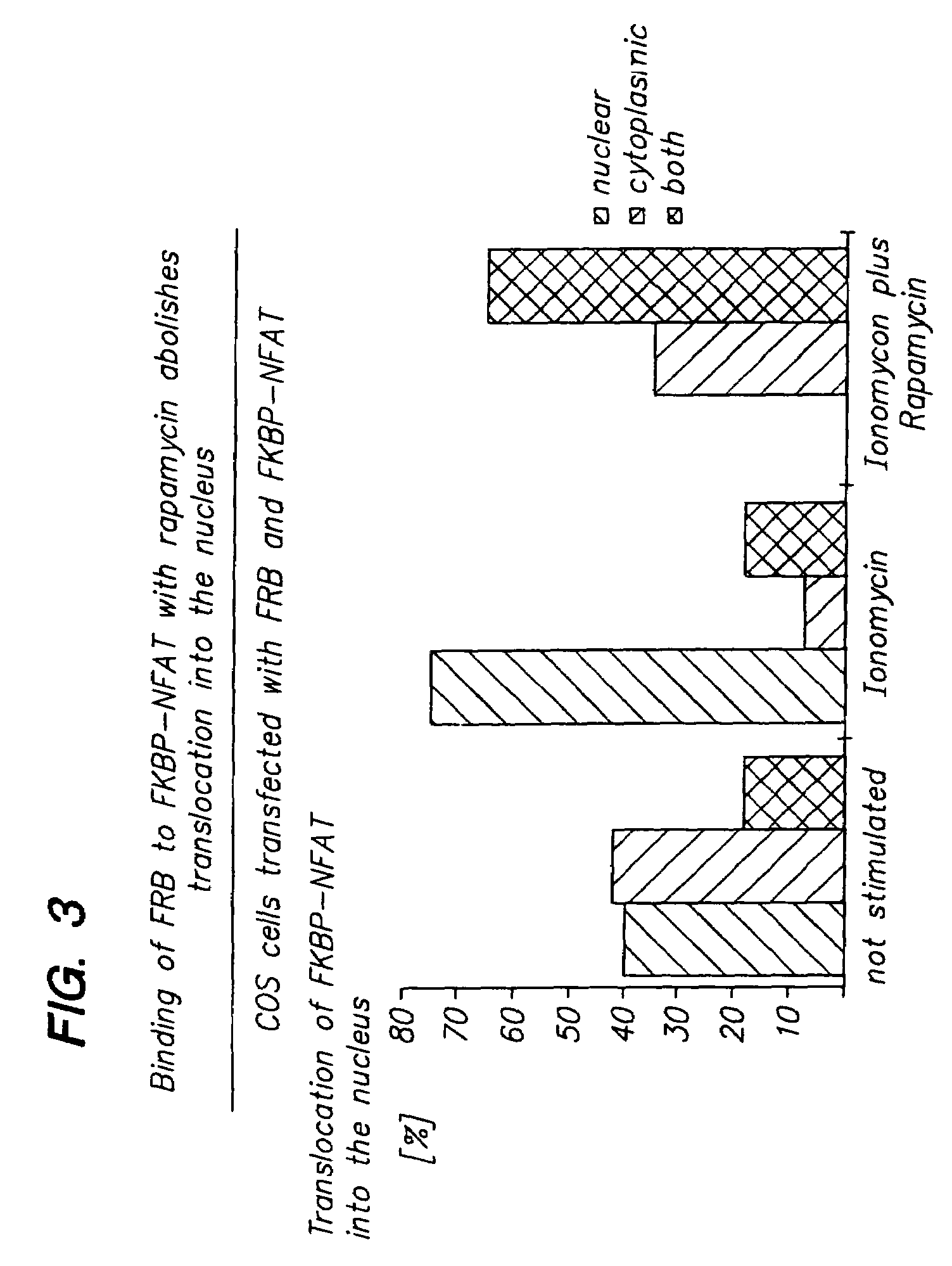Bifunctional molecules and their use in the disruption of protein-protein interactions
a technology of bifunctional molecules and protein-protein interactions, applied in the field of pharmaceuticals, can solve the problems of low affinity of small molecules for targets and contacts a small molecule can establish
- Summary
- Abstract
- Description
- Claims
- Application Information
AI Technical Summary
Benefits of technology
Problems solved by technology
Method used
Image
Examples
Embodiment Construction
[0015]Bifunctional inhibitor molecules and methods for their use in the inhibition of protein—protein interactions between a target protein and a second binding protein are provided. The subject bifunctional inhibitor molecules are conjugates of a target protein ligand and a blocking protein ligand, where these two moieties are optionally joined by a linking group. In the subject methods, an effective amount of the bifunctional inhibitor molecule is administered to a host in which the inhibition of a protein—protein interaction is desired. The bifunctional inhibitor molecule simultaneously binds to its corresponding target and blocking proteins to produce a tripartite complex that inhibits the target protein—protein interaction. The subject methods and compositions find use in a variety of applications, including therapeutic applications.
[0016]Before the subject invention is described further, it is to be understood that the invention is not limited to the particular embodiments of ...
PUM
| Property | Measurement | Unit |
|---|---|---|
| concentration | aaaaa | aaaaa |
| concentration | aaaaa | aaaaa |
| concentration | aaaaa | aaaaa |
Abstract
Description
Claims
Application Information
 Login to View More
Login to View More - R&D
- Intellectual Property
- Life Sciences
- Materials
- Tech Scout
- Unparalleled Data Quality
- Higher Quality Content
- 60% Fewer Hallucinations
Browse by: Latest US Patents, China's latest patents, Technical Efficacy Thesaurus, Application Domain, Technology Topic, Popular Technical Reports.
© 2025 PatSnap. All rights reserved.Legal|Privacy policy|Modern Slavery Act Transparency Statement|Sitemap|About US| Contact US: help@patsnap.com



